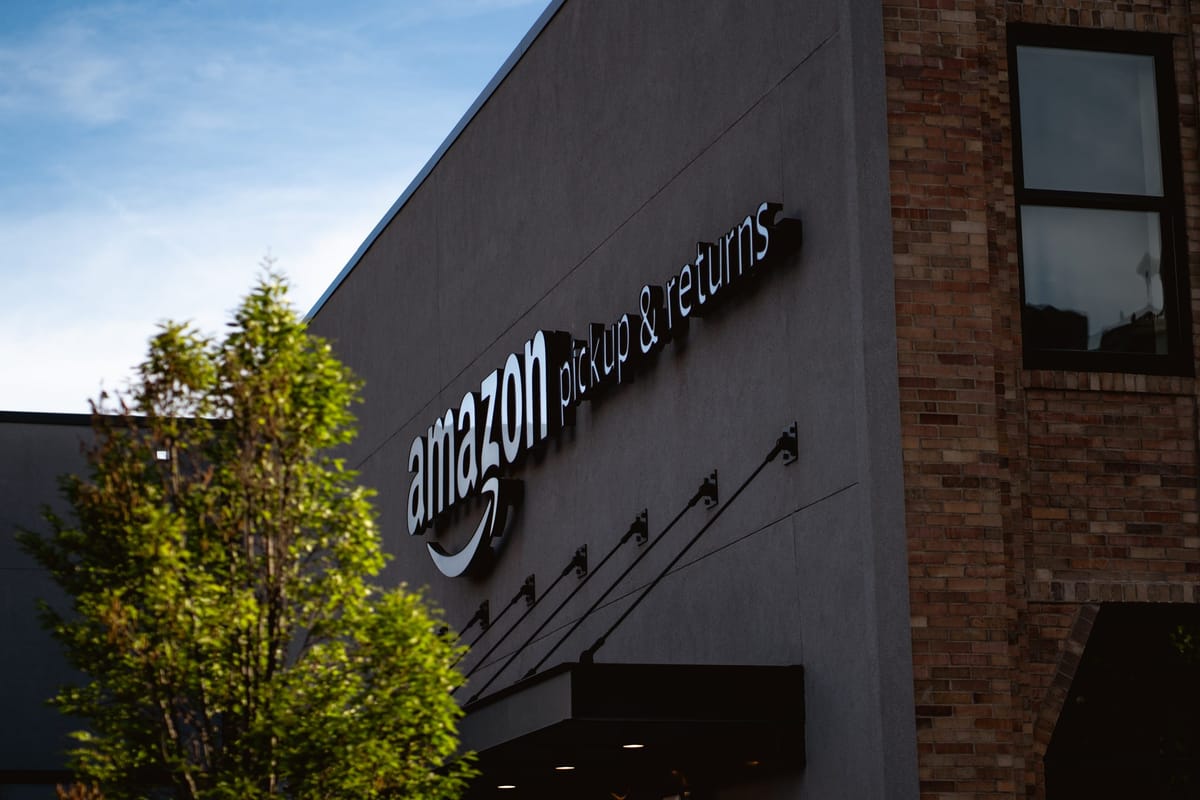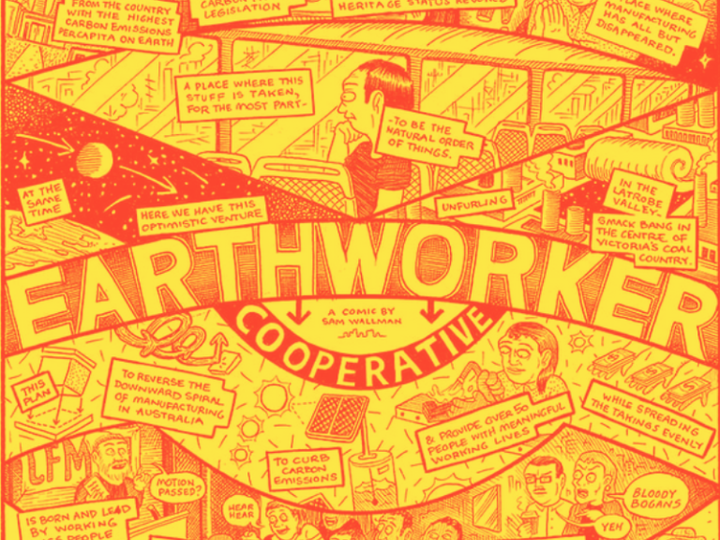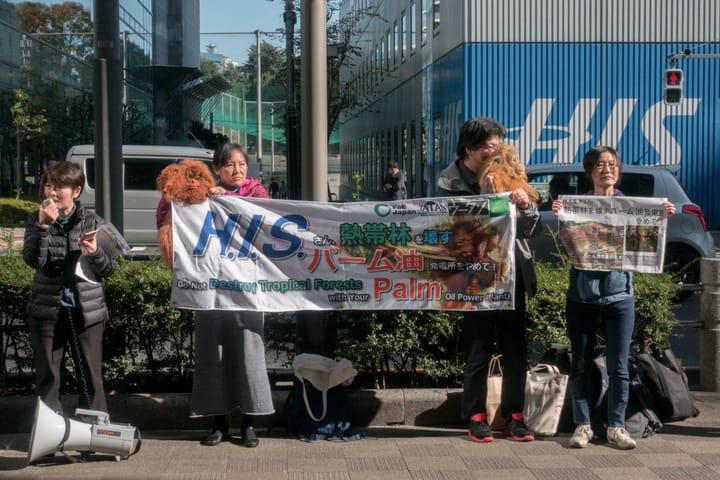AI is running the lives of Delivery Workers in Japan

Every year, millions of people around Japan receive packages from Amazon. The packages arrive day and night and invariably in pristine condition. But few give much thought to the exhausted delivery worker.
“The last mile is the toughest part,” says Susumu Adachi (not his real name), who has been delivering for Amazon for nearly three years.
The “last mile” refers to the final stage from the time a product is ordered with a single click until it arrives at its destination; from the distribution center to the point of delivery.
Adachi, who is in his 40s, started delivering Amazon packages in January 2020, just before the coronavirus pandemic began. While the pandemic shuttered tens of thousands of businesses, Amazon has grown exponentially.
The previous year, a new Amazon distribution center was opened in Yokosuka, Kanagawa Prefecture. Japanese transport companies also joined the competition.
Adachi learned the geography fast and delivered goods efficiently, partly because he had delivered newspapers in university. When he heard that an acquaintance had set up a subcontracting company, he immediately took on the job of delivering Amazon products.
As a so-called sole trader or freelancer, he must lease a delivery vehicle from the company for 1,000 yen a day (30,000 yen a month). He plans and delivers the goods in the most efficient way he can.
Adachi says at first when the unit price was 170 yen, he used to deliver an average of 100 packages a day (17,000 yen a day), with sufficient breaks. During the peak season, the delivery would increase to around 120 packages. Adachi says he felt “overpaid”.

In July 2020, the company decided to fix the daily wage to 18,000 yen for a 13-hour day. Until then, the daily cargo volume had fluctuated, so Adachi and other delivery workers welcomed the changes as the fixed daily allowance would lead to a stable income.
However, a year later when Amazon introduced AI, the situation deteriorated quickly.
As the coronavirus spread, he and his colleagues realized that the number of packages to deliver kept increasing, finally exceeding 200 a day. Yet the reward for a unit was halved.
The workers would pick up packages for delivery at the distribution center at 8 a.m. They’d deliver them before returning to the center by 3 p.m. to load up for the afternoon. From 8 a.m. to 9 p.m. drivers are jumping in and out of the trucks to drop packages at door fronts. Although on paper they have a one-hour lunch break, in reality, there is no time to eat.
AI calculates that it takes about four minutes to complete one delivery — traveling to the next delivery location, scanning the package, ringing the doorbell and handing it to the customer. Of course, the delivery addresses are not always close to each other, and sometimes heavy packages have to be carried to the fifth floor of an apartment building. Many don’t have elevators.
“We are constantly getting in and out of the truck without a break,” says Adachi. “I’m trying my hardest to somehow finish delivering the parcels I’ve been entrusted with in time.”
Every drop-off is managed down to the second by AI, but four minutes is not enough to complete a delivery. Even so, Adachi and other drivers feel compelled to finish their deliveries for the day, no matter what it takes.
Loyalty to the company?
Adachi says the key factor is not loyalty to employers but knowing that customers are waiting for their packages.
These 13-hour days without a break – even longer in some cases – leave him “exhausted” both physically and mentally. Not only do the service smiles disappear from the drivers’ faces, but they have to bow and beg for forgiveness from clients after 9 p.m., which is the last hour of delivery.

Delivery routes were calculated and decided by AI, which has no real-world vehicle experience, never taking one-way streets, railway crossings and detours at construction sites into consideration. Although humans set the routes these days, delivery times remain fixed and the volume of goods keeps increasing in response to rising demands.
The only way to fill the gap is to drive faster. Drivers try to make up for delays, causing frequent traffic accidents and creating a very dangerous working environment. The film, “Sorry We Missed You,” directed by British film master Ken Loach, reflects exactly how Amazon drivers work.
Some have had enough. In June, Adachi and 10 others formed the Yokosuka branch of the Amazon Delivery Workers’ Union in an attempt to change these dangerous working conditions. In September, 15 drivers in the southern Japanese city of Nagasaki started a local branch there.
The union immediately requested collective bargaining with subcontractors, demanding that the company treat workers as direct hires rather than contracting businesses, because their work is closely monitored and managed via the delivery app Rabbit. They also demanded that back-breakingly long working hours be cut by optimizing the volume of deliveries.
The trade union soon discovered corporate dirty tricks: the company had instructed workers to use someone else’s code if their weekly working hours exceeded 60 hours.
Personal codes are given by the company to each driver in order to keep track of their arrival and departure times, location and work progress. However, with regard to drivers who had exceeded 60 hours, they were instructed to use someone else’s code, such as a retiree.
Further problems have also emerged that could lead to other work-related accidents. According to union members, packages are mislabeled for their weight.
In some cases, packages are labeled ‘0.0 kilograms,’ despite weighing more than 25 kg, which require ‘team lifting,’ are not labeled as such. Even if the packages are labeled correctly, they are not supposed to be included in the day’s load as the delivery crews work alone.
In addition, as transport trucks are subject to a maximum loading limit, overloading due to the lack of proper weight labels can also affect braking and handling and cause road accidents.
Work-related injuries
Many delivery workers who are forced to drive for long periods of time suffer from serious back pain, joint pain and cervical strain. The back pain can become so severe that walking becomes difficult. They also suffer from tendonitis in the fingers of their hands from the repetitive process of grabbing boxes out of the back of the truck.
Adachi and his colleagues have also demanded collective bargaining with Amazon Japan LLC. Amazon has declined to negotiate claiming it has no direct employment relationship with the delivery workers but a subcontracting agreement with the second-tier subcontractor.
Amazon Japan, which refuses to take the workers’ voices seriously, plans to increase the volume of cargo further, and is considering changing the daily delivery from the current 200 to 250.
Will delivery workers’ cargo increase even more? Amazon Japan declined to answer our questions but sent a proforma letter.
“We are deeply grateful to the drivers who deliver our products to satisfy our customers’ requests. Drivers work under Amazon’s contracted delivery service partners (‘DSPs’) and are not Amazon employees”, Amazon said, adding that they are not the direct employer.
“Amazon works with all DSPs to ensure that DSPs and drivers do not feel undue pressure for their work, and requires DSPs to provide a safe working environment and to comply with relevant laws and Amazon’s standards. If we identify any instances of non-compliance, we will take appropriate action.”
Adachi urges Amazon users to think about that fateful ‘last mile.'”I’d be grateful if people start thinking about where the things they want come from and how they are delivered to them because many people’s lives and livelihoods are at stake,” he said.


